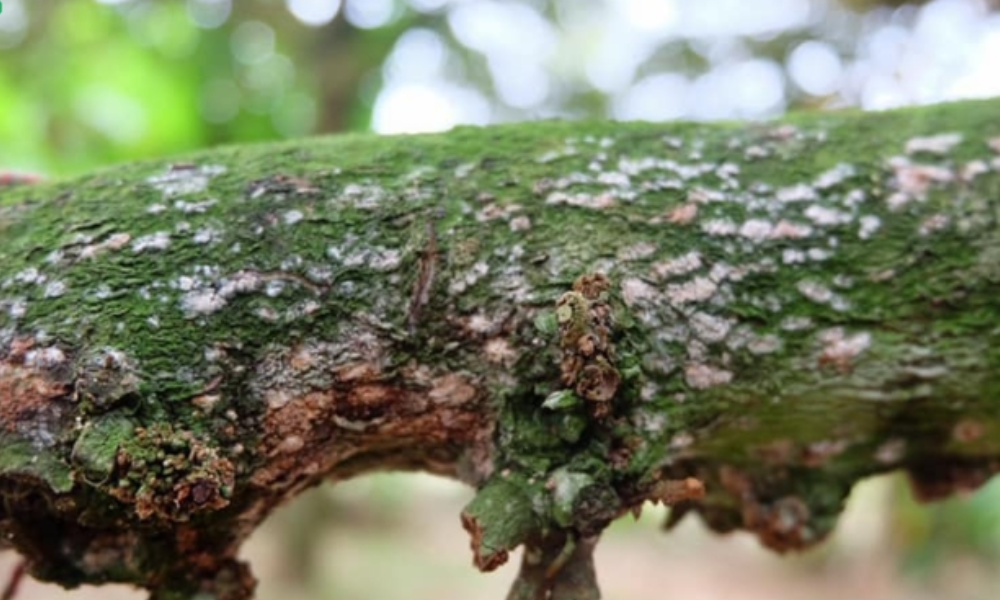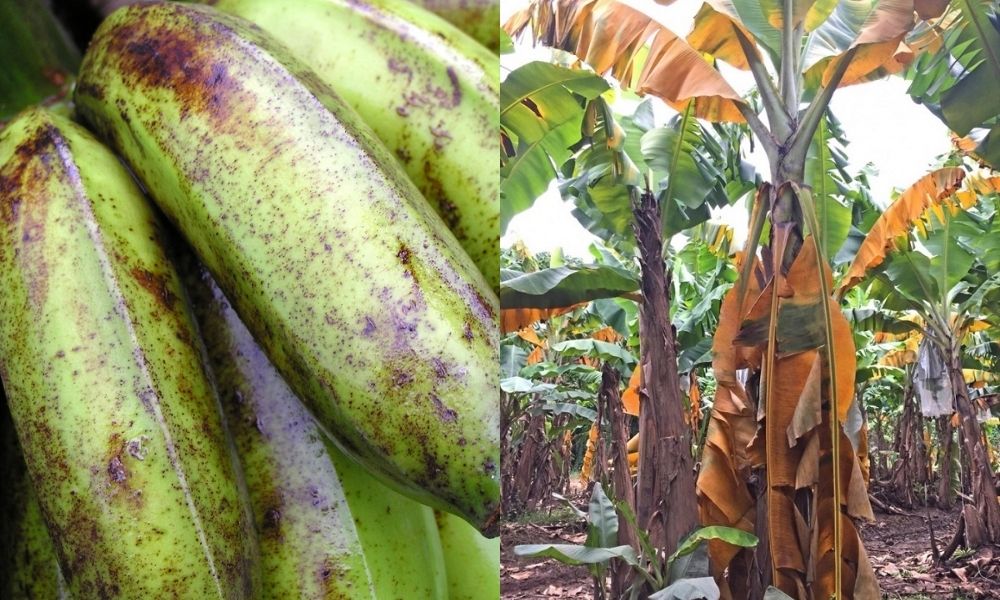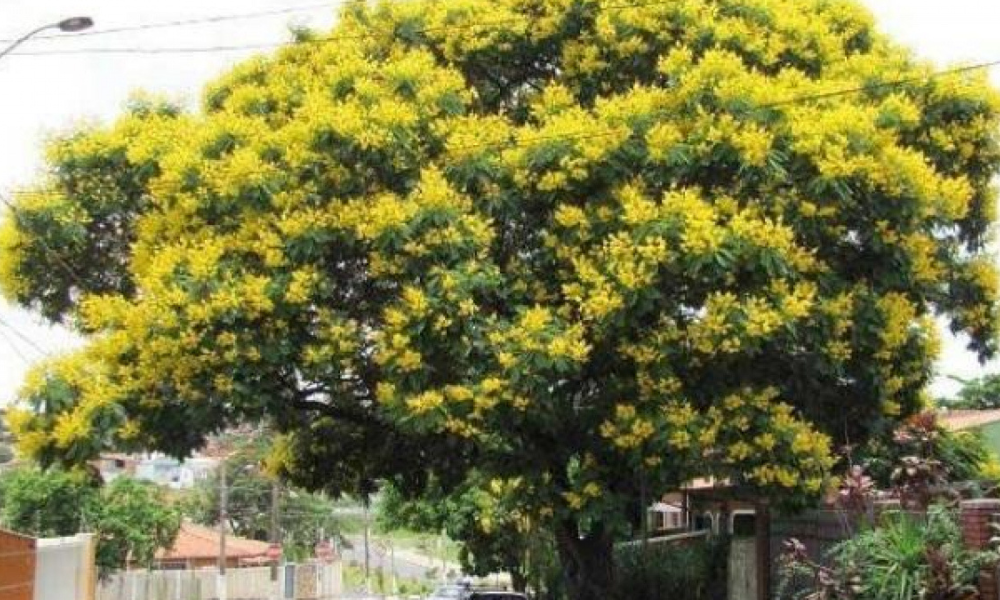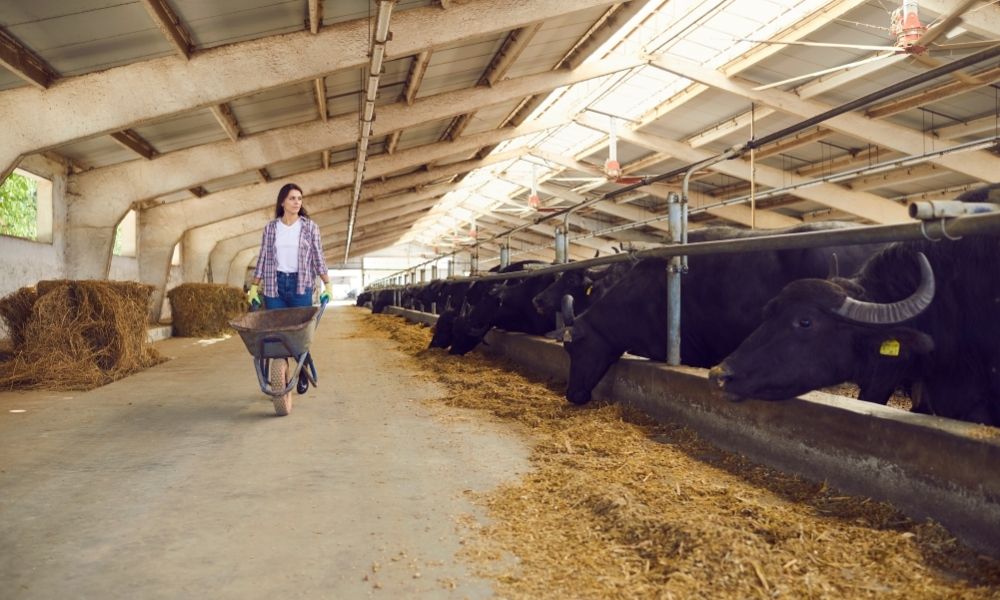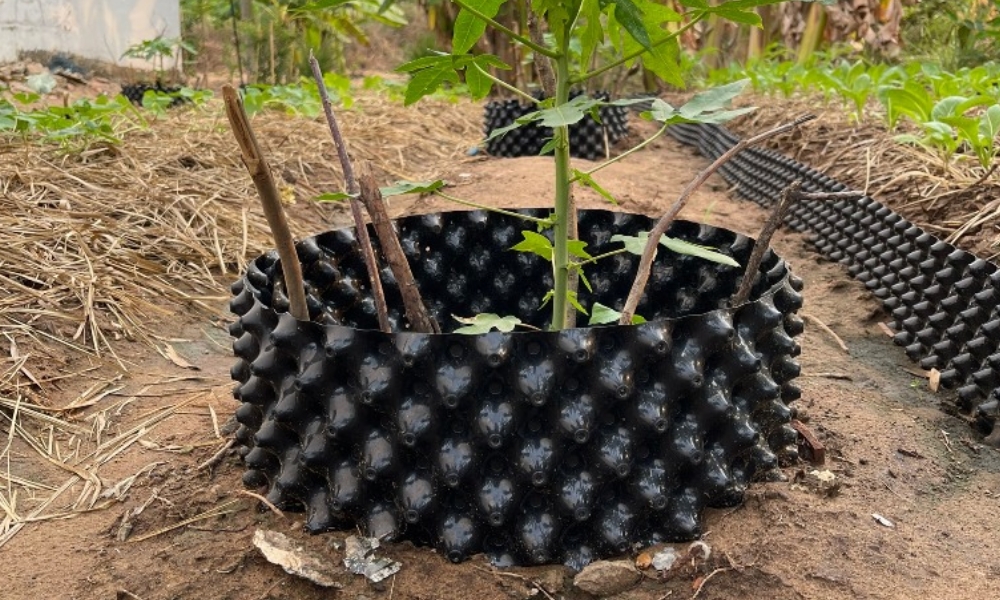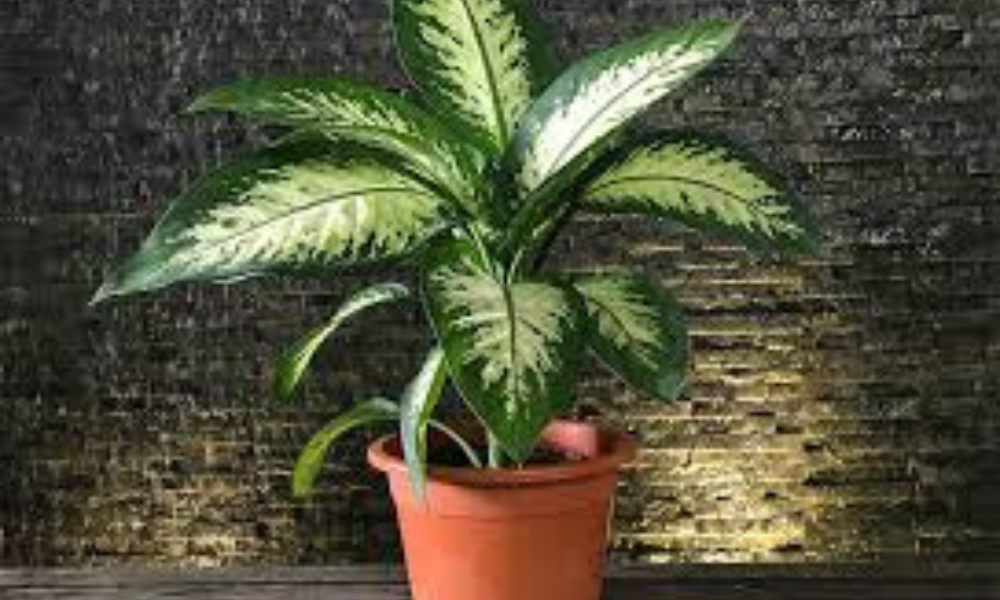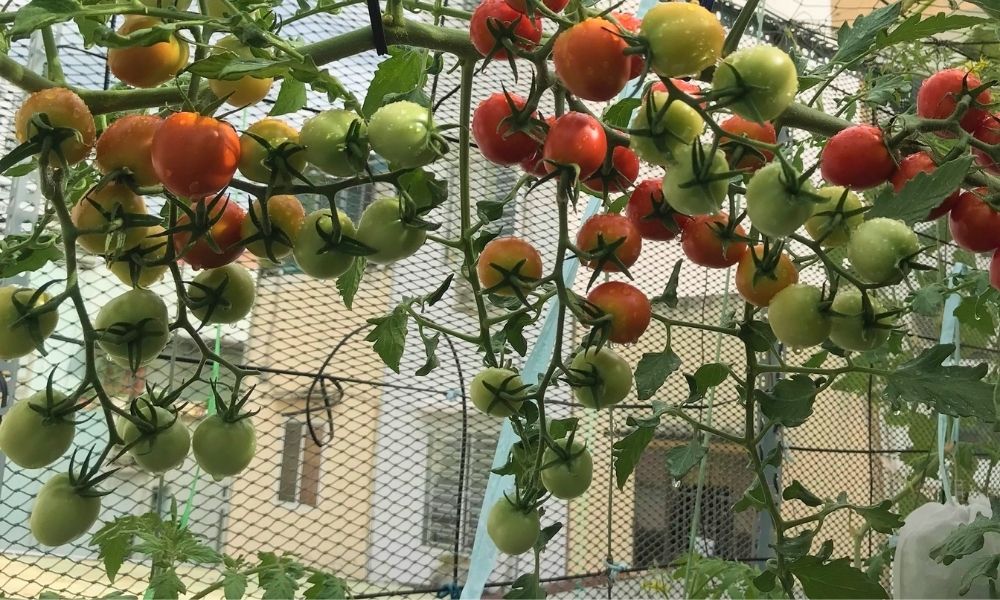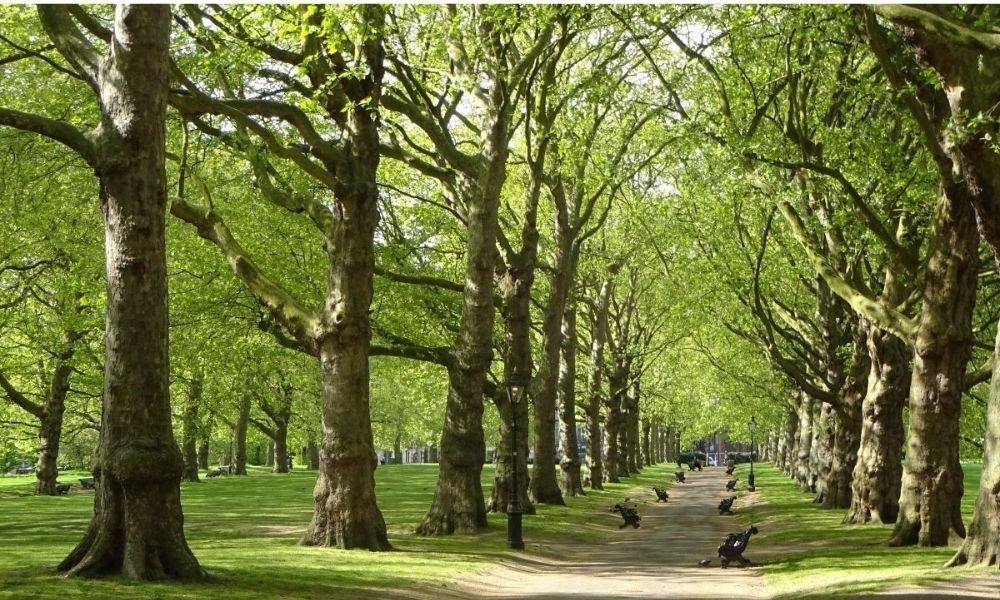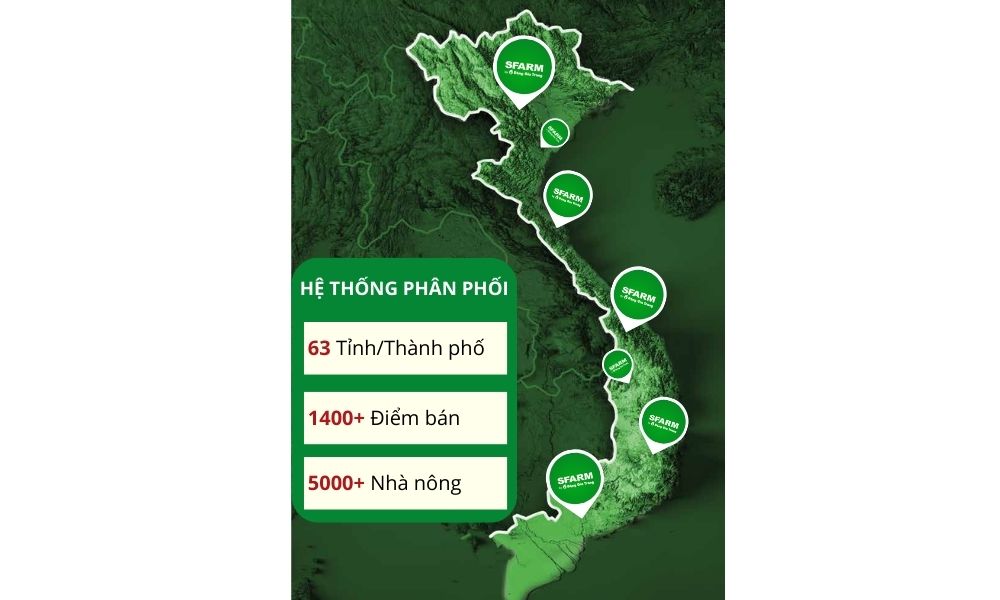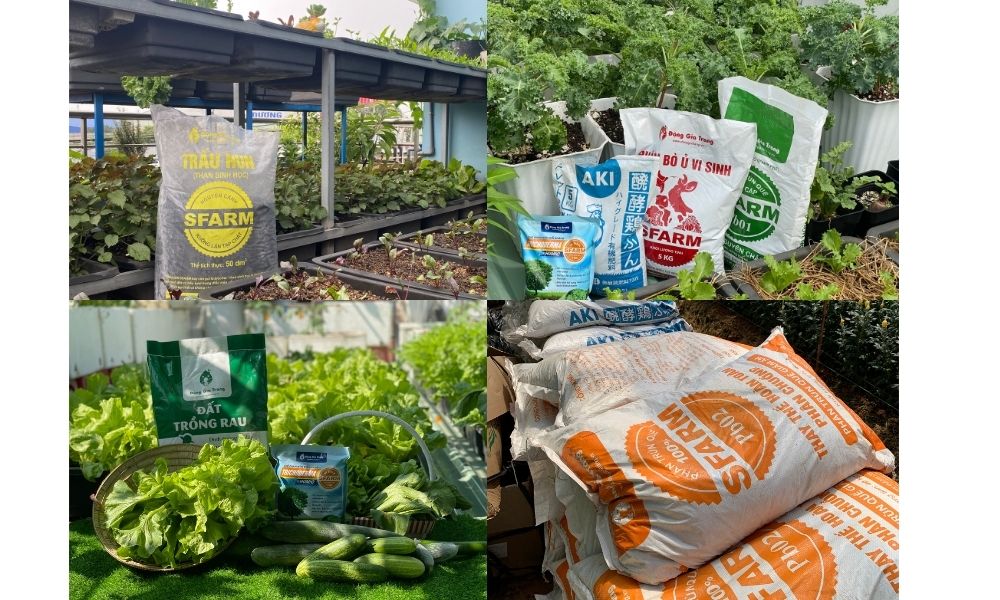Kỹ thuật trồng và chăm sóc xoài đạt năng suất cao
Mango is a typical fruit, which is very popular both at home and abroad. This is also a fruit that brings stable economic value to garden houses. In order for mango trees to achieve high productivity, good fruit quality, the garden house needs to know how to plant and take care. Together Dang Gia Trang learn about Mango cultivation techniques and care okay!
1/ Characteristics of mango trees
Mango originated from India, the scientific name of Mangifera Indica. Mango is grown popular throughout the country, but the most concentrated in the Southeast and the Mekong Delta …
A tree with wide canopy, height reaches more than 10-15m and roots deep into the ground. The tree begins to give fruit after about 6-7 years of planting (for mango propagated by seeds) and 3-4 years (for tower mango).
Mango is a tropical, drought-resistant fruit tree and can withstand temperatures 40-45 degrees Celsius. However, the mango will grow and develop well within 23-28 degrees C.
2/ Mango varieties are popular in our country
Today, in our country there are more than 100 different mango varieties. Each type of mango will produce different productivity and value. In particular, the mango varieties are grown: Hoa Loc mango, Cat Chu mango, grapefruit mango, distant mango and quartet mango.
3/ Requirements of mango land
Mango is quite easy to calculate the soil. In order for the mango to grow well, fruit and fruit should be planted on sandy soil, good drainage, at least 1.5-2m thick soil layer and shallow water level for more than 2.5m. At the same time, the less fertile light soil makes it easy for mangoes to make many flowers and fruit beans, and fertile soil is the opposite.
Mango soil needs pH in the range of 5.5-7. Particularly for the lowlands, before implementing the technique of growing mango, it is high so that the water will be at least 1m from the root.
4/ How to choose mango variety
Mango is propagated by many methods such as sowing, extraction, graft, … but the most common is grafting. Most varieties are grafted on grafted roots are grapefruit or foul mango.
To choose the mango grafting tree to be grown, pay attention:
– The transplant is not crushed or broken.
– Good grafted graft and stout body.
-The graft has a height of about 40-50cm and a diameter of 1cm (measured above the graft about 2cm).
-The graft has 2-3 buds, dark green leaves and no pests.
5/ season and planting distance
Mango can be planted all year round, it is best to grow at the beginning of the rainy season. Avoid growing mango in hot or cold sun. If planted in small quantities, they can go down the tree in many different crops.
Because the mango is a wide canopy tree, it is advisable to grow with a distance of 8x8m or 10x10m. It can also be planted thicker with a distance of 5x6m and then thinning when the tree is large.
6/ Prepare to grow mango
6.1 Mango land
If it is a new garden soil, it is necessary to clean up the garbage grass, plow to make the soil loose and breathe.
If the garden land has been cultivating other perennial crops, it is necessary to leave the land from 6-12 months before planting mangoes. During this time, it is possible to cultivate legumes to increase income as well as contribute to increasing the amount of protein in the soil. In addition, the body of short -term plants can be used to compost organic fertilizer to supplement the soil.
6.2 Mango growing holes
Preparing mango growing pit is done before the tree from 1-2 months. Helps nutrition is converted into an easy -to -digest form of plants and increases the amount of soil microorganisms.
For flat or sloping land. Need to dig a hole size 60x60x60cm. Then, supplement the amount of fertilizer lining at the rate of 20-30kg of organic fertilizer (manure, earthworm fertilizer …): 0.1kg of potassium: 1kg phosphorus: 0.5kg of lime powder. Mix the amount of manure with the surface and fitted into the hole. Water water after filling. To make the soil tissue high, can hit the tank with a radius of about 1-1.5m, about 20-30cm deep and high in the middle.
For river soil, ditches should be performed and high tissue embankment when implementing mango planting techniques. At the same time, supplementing the amount of fertilizer in the same dosage as the upper hole.
7/ High yielding techniques
7.1 How to propagate mango
* Seeding method
Because the current mango varieties in multi -embryonic countries, the seedlings are propagated from the seeds still retain the superior properties of the mother tree. The seedlings have better resistance, longer and fades than mango. But the tree propagated from seeds will take 6-7 years of age to start fruit.
Choose mango seeds from good seedlings, in a period of energy. The mango chosen as the breed without pests, fungi and no variation.
After choosing the seed, separate the meat and then dry the seeds in the shade to drain. Next, remove the outer hard crust and bring the seeds. Burying the seeds in the soil is about 5cm, 15cm away from seeds. Because the seeds are flat, slightly, when placing the seeds to be tilted, the curved part in the abdomen let it down. So when sprouting, the seedlings are not tilted.
A seed can bounce 3-5 sprouts, need to remove weak sprouts and sexual trees. When the seedlings have about 4 green leaves, they wear cuttings or soil. About 2 months later, it can be brought to a new plant in the garden.
*Method of grafting branches
Currently, there are many methods of grafting on mango trees such as T -transplant, window transplant, pressure graft, wedge graft, … but grafting and eye grafting are the two most popular methods used.
Mango grafts are usually conducted from February to April of the solar calendar (Spring crop) or July to September (the collection crop).
Before grafting, it is necessary to prepare all graft items such as graft knives, tape or plastic wire and grafted branches.
The root of the graft to choose is the local mango variety that increases the adaptability of the seedlings. Should choose the root of grafting in the tree of the multi -embryonic group to increase the uniformity of the seedlings.
The grafted branches to be selected are bread branches, with 2-3 buds, about 35-40cm long and the size of the graft. Clean branches and no deformities.
The transplant method is conducted as follows:
Voltage
At the transplant location, use an iron knife to cut for a long time of 5-6cm on both the root and the graft. To avoid rainwater penetrated into causing rot, apply wax or candle around the wire. After 2-3 months, the grafts have been sticky and can cut off the mother tree.
Eye
After choosing the grafted eye, it is necessary to remove the leaves on the eyes and keep the stem. After 2 weeks, the armpit shows signs of sprouting, then cut the eye. Next is to conduct eye grafting T. Rach horizontal Rach 1-2cm long, add square vertical lines with horizontal lines to form T and take all the outer shell. Use your hands to gently open the mouth of the incision and then put your eyes into. Finally, use a tape or plastic wire to wrap the graft and leave the bud immediately.
Note
– The graft should be covered to limit the evaporation as well as avoid the invasion of rainwater and fungi.
– Regularly visit the garden to promptly adjust the appropriate moisture. Need to trim all young shoots from the root.
– Supplement benign organic nutrition for plants. Promptly detect pests to remove by mechanical, biological or chemical measures.
7.2 New mango planting techniques (new mango planting techniques)
Dig a small cavity in the middle of the hole, place the seedlings in the middle, fitted the soil with root neck and compressed surrounding. Then, plug 2 diagonal piles to create an X -shaped shape into the tree and tie the wire to avoid shaking the root, causing the tree to die. Next, use straw, garbage … root cabinets for plants and water continuously in the first month. After the tree grows 3 leaves, it is recommended to remove the bud. When the secondary shoot, choose the 3 most healthy development buds in the direction of the triangle, press the bud as above until the young shoots are enough 3 leaves and continue clicking. Proceed to click until the third time stops, let the tree grow naturally.
8/ How to take care of mango
8.1 Watering
When newly planted, it is necessary to regularly water to moisturize young buds to form and develop. At this time, it is necessary to irrigate 3-4 days/time. When the tree mature, water less, just maintain moisture for the soil around the root.
8.2 Weeding
When the tree is young, narrow foliage creates favorable conditions for weeds to grow. Should choose ways to weed the garden charge. If the wide grass is straight, the knife is long and long, the nose is curved like a sickle. The cutting of the body is collected, dried then the closet around the tree.
8.3 Protection of flowers and young fruits
Young fruit loss seriously affects the end of the crop productivity. Can be prevented by spraying the flower protection for a first time when the flower broadcast 2-3cm long to prevent the patride suction. The second time spraying when the flower reaches the maximum size. Then stop spraying during pollination to protect useful insects. At this time, if the rain is encountered, especially the night rain, the next morning shake the branches to fall out of no pollination and spray combined with anthracnose.
When the fruit reaches 1-2mm in diameter, spray anthracnose. After fruiting, usually spent 35-45 days of physiological fruit loss. At the end of this time, the fruit bag to protect is the most appropriate.

Mango cultivation technique by protecting flowers and young fruits
However, mango flowers are usually not out of all. In order for the mango to flower, it is usually handled by KNO3 concentration of 1.25-1.5% wet spray. After 3-7 days after spraying, the mango tree will return to the flower.
9/ The technique of treating fruit bean flowering
After harvesting, let the tree rest for about 1.5-2 months to recover. Then proceed to stimulate the tree out. Stimulating flowering for young mangoes, the tree must produce 2-3 buds. Particularly for old mango trees, it only needs a young time.
Can stimulate mango flowering in many ways such as smoking, branching or processing with biological products ..
Processing when young leaves grow completely, copper color (15-20 days old) or banana color to light green. After that, spray stimulates flowering with the recommended dosage on the packaging. Finally, using pills stimulating mango flowers are popular today.
10/ Pruning and canopy technique
Prepare full pruning tools, creating canopy including: scissors cutting branches, high clicks, hand -held saw … in mango, divided into 2 main stages to pruning and creating canopy, including:
10.1 Seedlings
This is the period when the tree grows quickly, so trimmed creates a canopy at this time. Help the tree with high yield, better fruit quality, limit pests and diseases, especially easy to care for the tree later.
When the mango grows 1m high, cut the bud. Use scissors to cut about 20-30cm buds. After the first cut, the branches continue to grow about 1m, then press the second bud. Each such branch continues to produce 3 secondary branches. Besides, it is necessary to eliminate the branch growing under, skewered or growing in canopy, branches with pests.
Note
Cut the tops on the shoots, the tree will give many branches, so it is necessary to remove only 3-4 branches. In addition, the branch grows in the dome is very brittle when it comes to heavy rain, so it is necessary to remove.
10.2 Stage of fruit trees
The time before flowering should be carried out when the tree has been stabbed, preparing flower sprouts. It is necessary to eliminate branches close to the ground, branches with pests and diseases, branches are not able to give fruit and small branches inside. In order to create ventilation for the canopy.
The time after harvesting, it is necessary to trim the lower branches, pests and branches, branches growing inside the canopy, skewered branches or trimming thick branches.
11/ Fertilizer technique for mango
11.1 The stage of silk tree
Each year, it is advisable to apply 200-400gr NPK 16-16-8 and 200gr of urea fertilizer for each tree. Divided into 2 fertilizers at the beginning and the end of the rainy season. Can be fertilized in holes or spread evenly around the root according to the scope of the canopy and the root 0.3-0.5m. In addition, about 2-4kg of earthworm feces, helping to add organic nutrition, amino acic, microorganisms that are beneficial for plants and soil.
11.2 Mature tree stage
At least 2-5kg of NPK 16-16-8 fertilizer for each tree, divided into 2 fertilizers at the beginning and the end of the rainy season. The amount of fertilizer may increase after each crop, depending on the high or low previous crop yield.
12/ Prevention of pests and diseases on mangoes
Mango often encounters some pests and diseases such as anthracnose, white chalk, dry, left rot, slag left pus; Fruit borer, fruit flies, worms biting leaves, stem borer and chisel …
Regularly visit the garden, eliminate leaves and branches attacked by pests and diseases. Can spray garlic and garlic solution, neem essential oil with a dose of 10ml/1 liter of clean water to prevent.
13/ Harvest
Should be harvested when it is dry, cool. After collection, it is necessary to handle clean and classify for mango. If transportation is far, it should be covered and packaged carefully.
After harvesting, pruning, garden hygiene and trees should be prepared for the next crop.
With the technique of growing mango as well as taking care of the above details, the home garden will be full of fruit and high productivity. For further information please contact Hotline 0902.652.099 okay!
Sfarm.vn
*See also:
Chuyên mục: Kiến thức làm vườn
Nguồn: lol.edu.vn

 0934.19.6789
0934.19.6789
